"I'm beginning to understand myself. But it would have been great to
be able to understand myself when I was 20 rather than when I was 82."
AUTHOR: Dave Brubeck
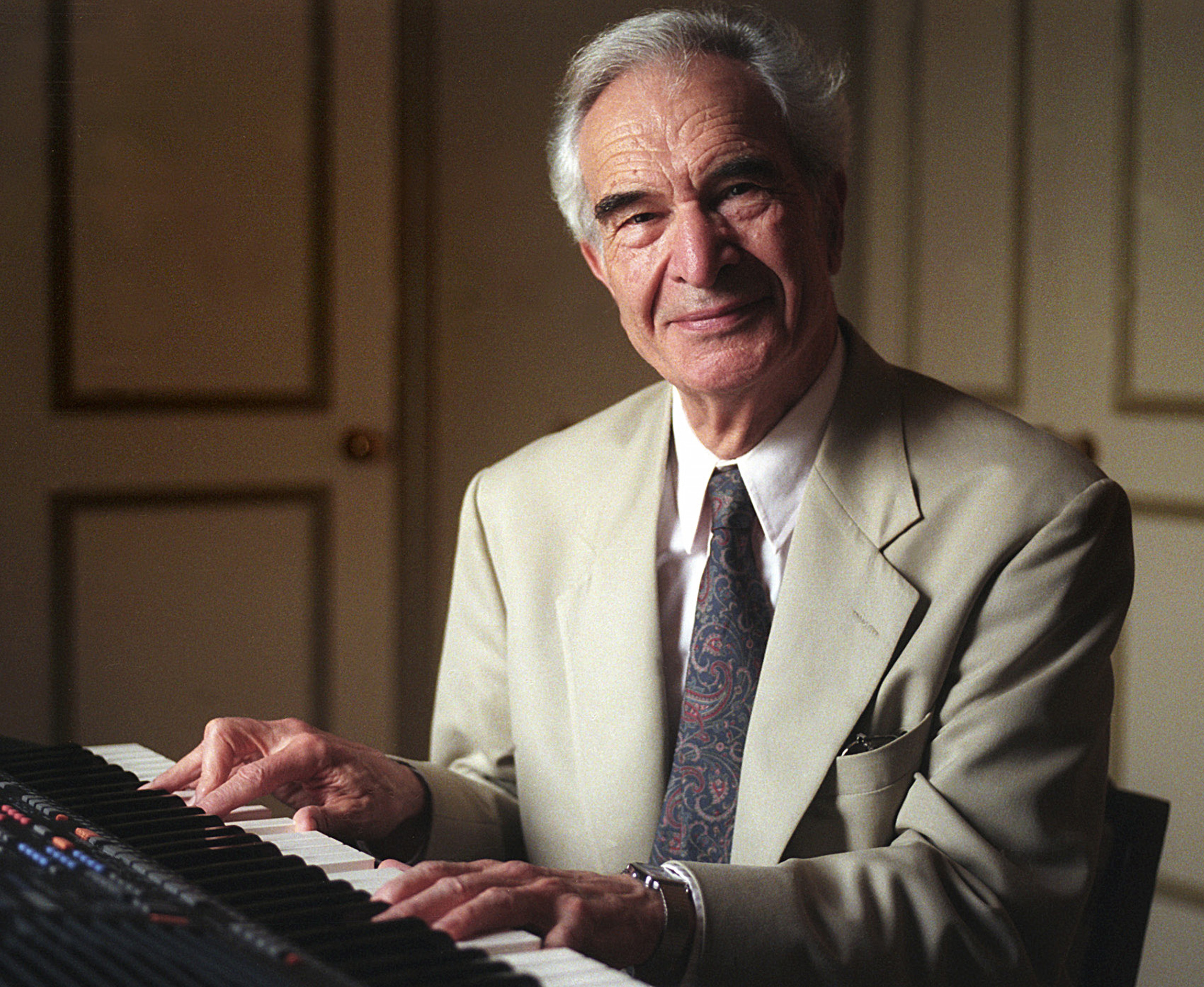
"It takes a lifetime just to start
understanding yourself."
LORD NELSON MASS
II. Gloria
Luís Otavio Santos, Conductor
Camerata Antiqua de Curitiba
 |
| http://leadingtone.tumblr.com/post/24953647049/in-music-an-agogic-accent-is-a-natural-and-in |
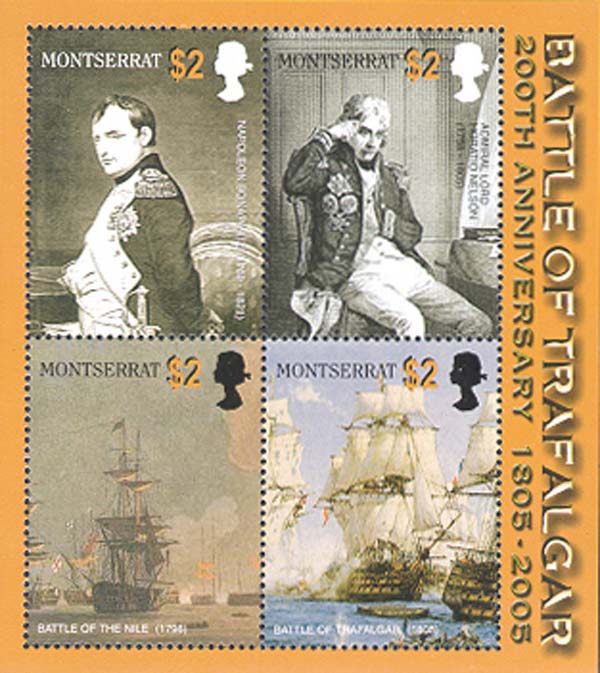
Amongst his other court duties Haydn was
required to produce a new mass each year
to celebrate the Name Day of the
Princess Esterházy.
required to produce a new mass each year
to celebrate the Name Day of the
Princess Esterházy.
_Le_Brun.jpg) |
Le Brun: Princess Maria Esterházy (1768-1845)
wife of Prince Nikolaus II Esterházy] [Princess Maria Josepha Hermenegild, |
Though in 1798, when he wrote this Mass,
Haydn's reputation was at its peak, his
world was in turmoil. Napoleon had won
four major battles with Austria in less than
a year. The previous year, in early 1797,
his armies had crossed the Alps and
threatened Vienna itself. In May 1798,
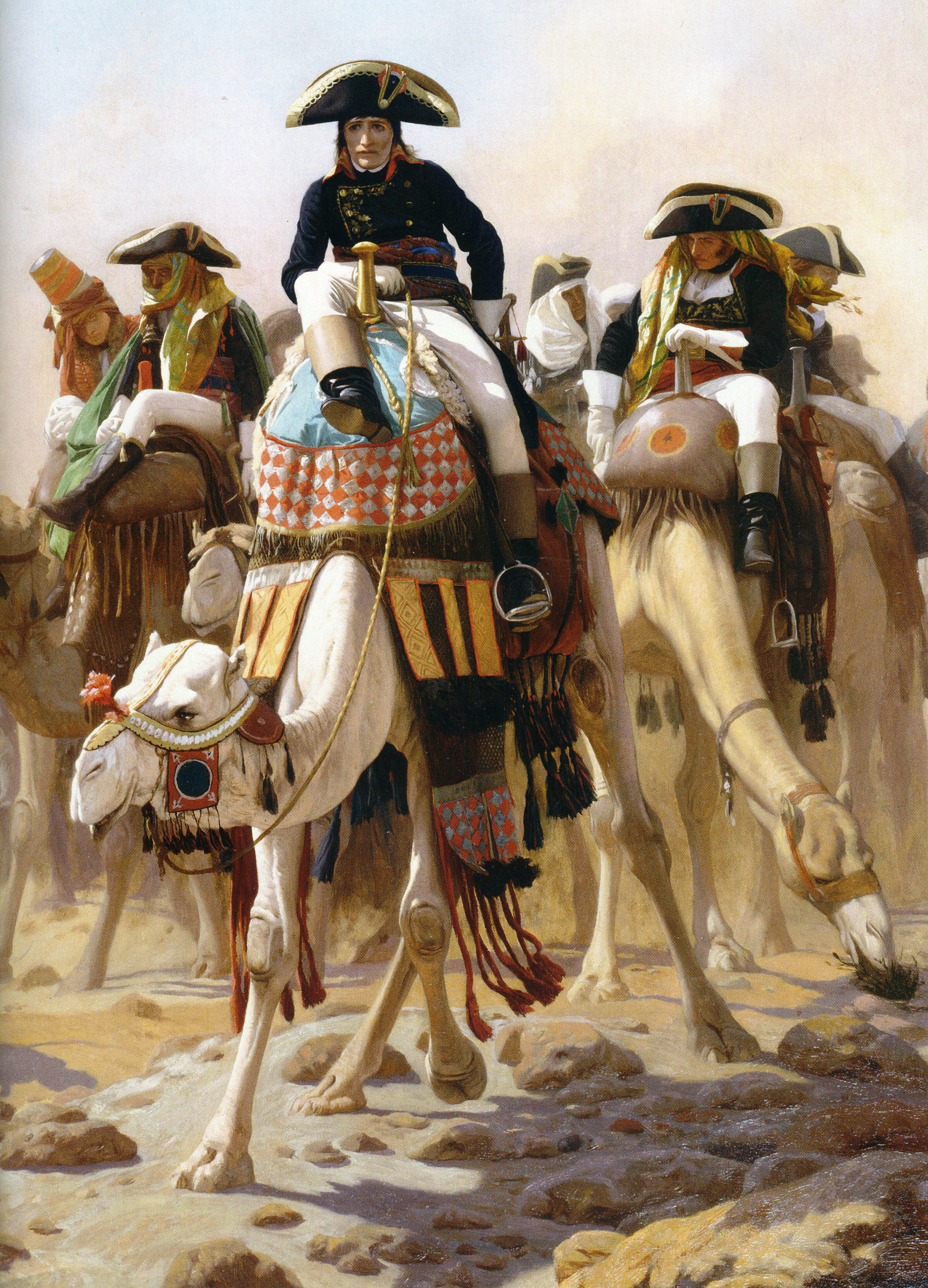 |
| Jean-Léon Gérôme: Bonaparte and his chief of staff in Egypt |
The summer of 1798 was therefore a terrifying
time for Austria, and when Haydn finished this
Mass in D Minor (according to the autograph
score the Mass was composed between July
10th and August 31st of 1798) within a month
 |
| William Lionel Wyllie: The Battle of the Nile |
on August 1, 1798 his own title, in the
catalogue of his works, was "Missa in
Angustiis" or "Mass for Troubled Times"
[the autograph score is simply entitled
"Missa" and the title "Missa in Angustiis"
(literally meaning "narrow" or "constricted,"
so perhaps, loosely, "Mass in Time of Fear"
or "Distress")]. Precisely how this Mass
became to be known as the Lord Nelson,
when and by whom, shall probably never
be known but speculation was that the news
of Napoleon's stunning defeat in the
 |
| The Battle of the Nile Destruction of the Orient |
by British forces led by
 |
| Lord Nelson |
was possibly filtered through to Austria
and thus by Haydn and his audience
on the very day of its first performance
in September of that same year.
Coincidentally this vague association
with Admiral Horatio Nelson led this
Mass to gradually acquire the nickname,
"Lord Nelson Mass."
:format(jpeg):mode_rgb()/discogs-images/R-6229771-1414264784-9402.jpeg.jpg)
The title became indelible when in 1800
Lord Nelson himself came to Eisenstadt
as a guest of Prince Esterházy
 |
| Martin Knoller: Nicholas II, Prince Esterházy |
and visited the Palais Esterházy,
 |
| Esterházy Palace in Eisenstadt, Great Hall (now known as the Haydn Hall) |
| Nelson and Lady Hamilton |
The story of Lady Hamilton and Horatio Nelson
Starring:
Vivien Leigh, Lady Emma Hamilton
Lawrence Olivier, Lord Horatio Nelson
(FULL MOVIE)
where he was honored by a musical
performance of Haydn's Te Deum in C
Te Deum No. 2 in C
Sigiswald Kuijken, Conductor
Choeur de Chambre de Namur
La Petite Bande
together with a brief cantata,
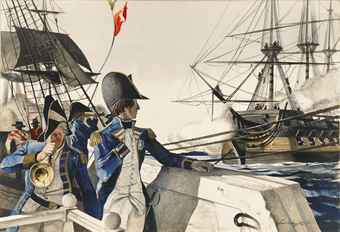 |
| Andrew Wyeth: Lord Nelson Overseeing the Battle of the Nile |
A cantata that tells how Nelson ruled the
waves at the Battle of the Nile.
Rowena Simpson, Vocal
Douglas Mews, 1843 Broadwood Square Piano
 |
| Captain Edward Berry catching Nelson as he falls wounded at the Battle of the Nile, 1798 |
 |
| Rear Admiral Sir Horatio Nelson; wounded at the Battle of the Nile, wearing the Nile medal presented by Alexander Davison |
for Lady Hamilton) and
possibly where he may
have heard this Mass.
 |
| http://nelson-society.com/publications/ |
Nelson and Haydn apparently
became friends; some accounts
tell that Nelson gave Haydn a gold
watch he had won at Aboukir Bay, in
return for the pen that was used to compose
Lady Hamilton's cantata. It is likely that the
name Nelson Mass began being applied to
this piece some time after this event, although
the name was never used by Haydn himself.
became friends; some accounts
tell that Nelson gave Haydn a gold
watch he had won at Aboukir Bay, in
return for the pen that was used to compose
Lady Hamilton's cantata. It is likely that the
name Nelson Mass began being applied to
this piece some time after this event, although
the name was never used by Haydn himself.
 |
| The Battle of the Nile, 1 August 1798: Beginning of the Action |
http://en.wikipedia.org/wiki/Missa_in_Angustiis
http://www.renochamberorchestra.org/?page_id=3361
http://edufb.net/21238.pdf
http://www.renochamberorchestra.org/?page_id=3361
http://edufb.net/21238.pdf
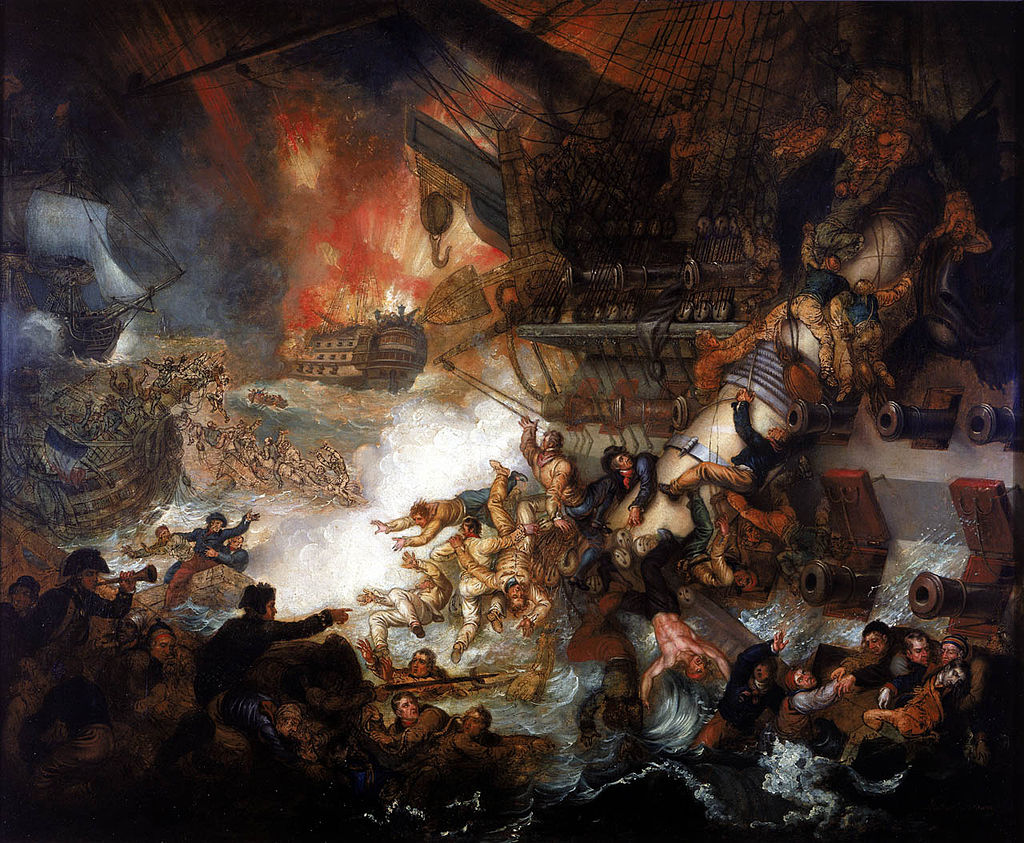 |
| Mather Brown: A painting of the height of the Battle of the Nile, 1798 |
 |
| Robert Dodd: The Morning After the Battle of the Nile |
LORD NELSON MASS
Complete
4:38 - Gloria in excelsis Deo
8:09 - Qui tollis peccata
12:37 - Quoniam tu solus Sanctus
15:25 - Credo in unum Deum
17:07 - Et incarnatus est
21:12 - Et resurrexit
24:49 - Sanctus
27:15 - Benedictus
33:28 - Agnus Dei
36:16 - Dona nobis pacem


The unusual orchestration of this work:
strings, trumpets, timpani and organ
(no woodwinds or low brass) provides
a stark, angular quality to the work.
Normally, the mass is set in five
movements in musical settings, but
in this symphonic mass, Haydn breaks
the Gloria and Credo into smaller
movements to extend the composition.
 |
| A 15th Century Mass |
PART OF AN ARTICLE FROM:
Karen Schuessler Singers
A mass is a choral work originally meant
to be sung during the ritual of Christian
communion or eucharist, where believers
re-enact the last meal of Jesus of Nazareth,
when Jesus instructed his followers to eat
bread and wine (his "body" and his "blood")
in remembrance of him whenever they
gathered together.
to be sung during the ritual of Christian
communion or eucharist, where believers
re-enact the last meal of Jesus of Nazareth,
when Jesus instructed his followers to eat
bread and wine (his "body" and his "blood")
in remembrance of him whenever they
gathered together.

The later Christian church
formalized the parts of this
"holy feast," writing words
that were recited by the
priest or sung by the choir:
the Kyrie, Gloria, Credo,
Sanctus, Benedictus
and Agnus Dei.
formalized the parts of this
"holy feast," writing words
that were recited by the
priest or sung by the choir:
the Kyrie, Gloria, Credo,
Sanctus, Benedictus
and Agnus Dei.

In the Kyrie, believers
ask for mercy from God.
This part of the sung
mass is usually very
plaintive, and in the
case of Haydn’s Missa
in Angustiis, in a minor
key, which sounds
sad and pleading.
ask for mercy from God.
This part of the sung
mass is usually very
plaintive, and in the
case of Haydn’s Missa
in Angustiis, in a minor
key, which sounds
sad and pleading.
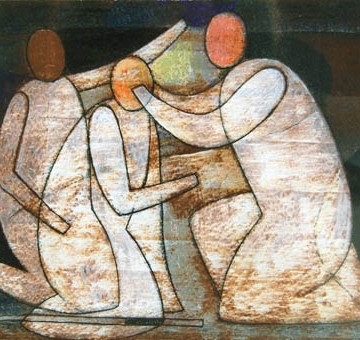 |
| Kyrie-Eleison |
In the Gloria, the
believers praise
God. This part of
the mass is usually
very joyous.
believers praise
God. This part of
the mass is usually
very joyous.
In the Credo, they
recite their beliefs,
often in the form
of the Nicene
creed, a statement
of belief that was
written by church
officials who met at
the first ecumenical
(multi-denominational)
council at the city of
Nicea in 325 CE. This
section of the mass
can often be very long
and repetitive, but in the
Missa in Angustiis, Haydn
uses some musical devices
that lighten the mood.
recite their beliefs,
often in the form
of the Nicene
creed, a statement
of belief that was
written by church
officials who met at
the first ecumenical
(multi-denominational)
council at the city of
Nicea in 325 CE. This
section of the mass
can often be very long
and repetitive, but in the
Missa in Angustiis, Haydn
uses some musical devices
that lighten the mood.
In the Sanctus,
the believers again
praise God, and in
the Benedictus they
bless "he who comes
in the name of God."
the believers again
praise God, and in
the Benedictus they
bless "he who comes
in the name of God."
In the Angus Dei, right
before the actual receiving
of the bread and the wine,
which represent (or stand
before the actual receiving
of the bread and the wine,
which represent (or stand
for) the body and blood of
Jesus, believers ask the
Lamb of God to take away
the sins of the world and
grant them peace.


.jpg)



